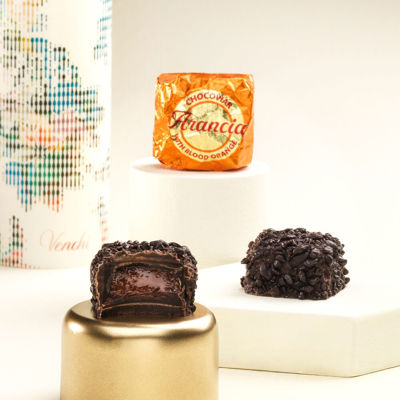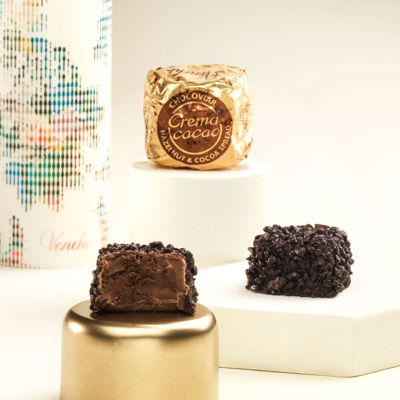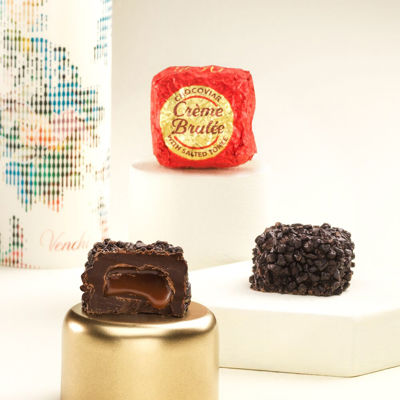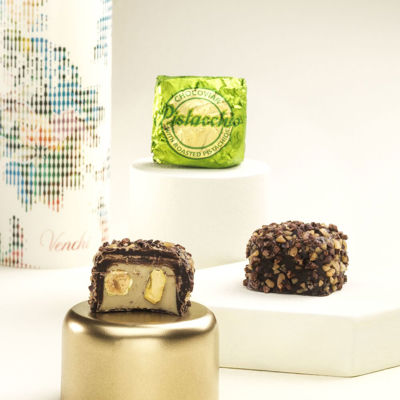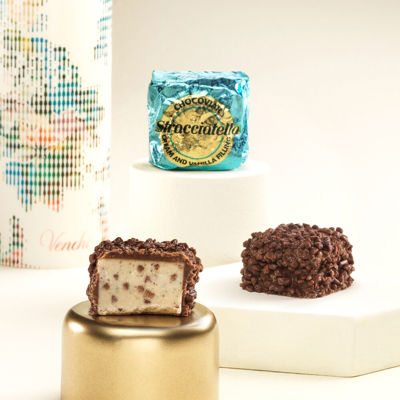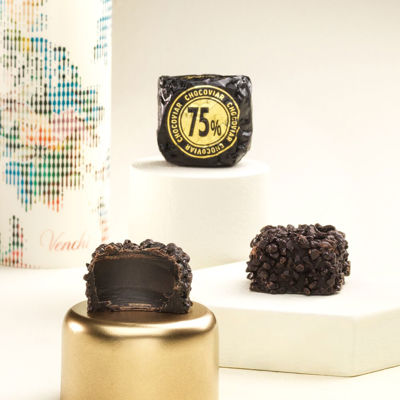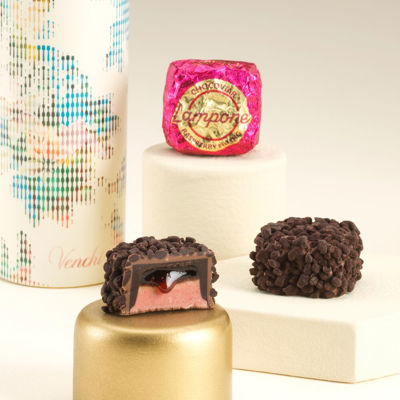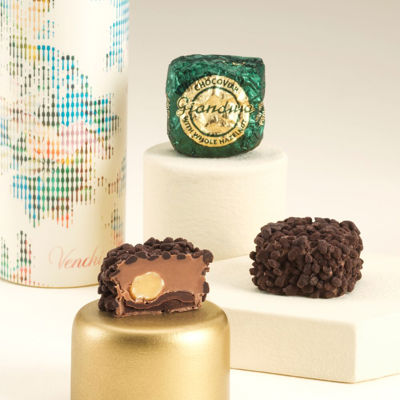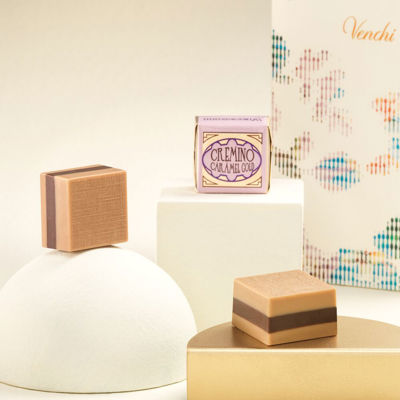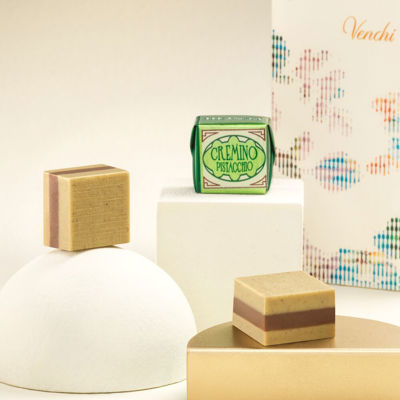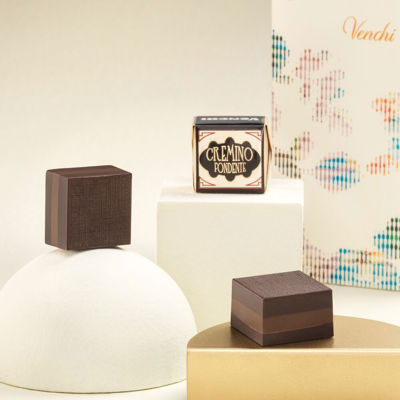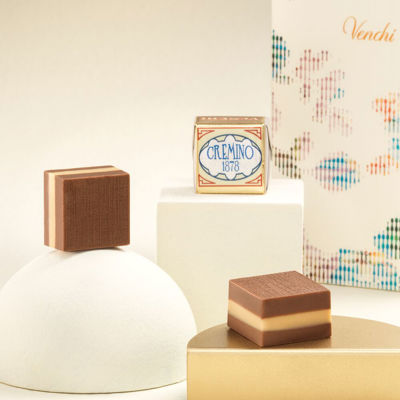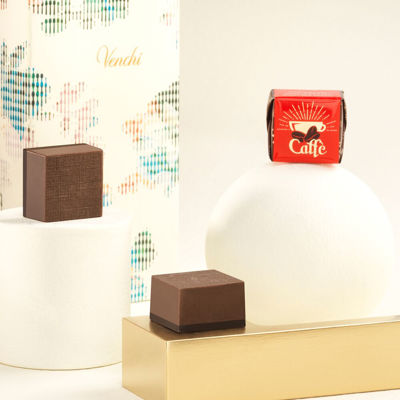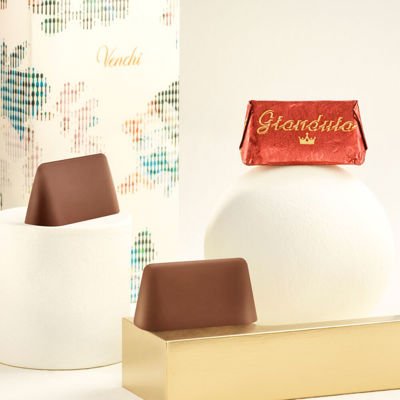
Frozen Custard vs Ice Cream: a look at their differences
Ice cream and frozen custard are both much-loved icy desserts, ideal for a delightful after-lunch. Not all treats are created equal, however: in this article, we will explore the most significant differences between ice cream and frozen custard, from their nutritional values to how they're manufactured.
What is ice cream? A quick recap
Delicious in everything from cones, shakes, and cups, ice cream has been on the menu since the 2nd century B.C. It comes in a rainbow of both traditional and unusual flavors, so there's always something for everyone.
Unlike frozen yogurt, ice cream's main ingredient is not cultured milk but cream. As per the FDA regulations, ice cream is required to contain at least 10% milkfat and less than 1.4% egg yolks, or it cannot be classified as ice cream. The more milkfat it contains, the smoother and creamier it will be.
What is frozen custard?
Frozen custard is a divine dessert whipped from milk, cream, sugar, and egg yolks. Professionals add as little air as possible to the custard, resulting in its signature creamy and dense texture. It needs to have more than 1.4% egg yolks and at least 10% milkfat to be sold as custard.
How was frozen custard invented? It was a happy accident that occurred in New York City. In the summer of 1919, two ice cream makers, Archie, and Elton Kohr, discovered that adding egg yolks to ice cream helped the dessert stay chilled for longer.
What are the main differences between custard and ice cream?
Below we'll take a look at the critical differences between custard vs ice cream:
Egg yolks: the most glaring difference between the two icy treats comes down to one ingredient. Frozen custard is made with egg yolks, while ice cream contains a tiny amount of egg yolks, usually only used as stabilizers.
Texture: how these frozen desserts are manufactured is not the same. Ice cream makers try to churn as much air into the mixture as possible, creating an airy and light texture. Frozen custard is the opposite: there is minimal air churned into the custard to give it a denser, richer texture.
Is custard healthier than ice cream? Both of these frozen desserts are what nutritionists would call treats. Both recipes call for dairy and sugar, so there are only minimal differences in their nutritional values. The egg yolks in frozen custard hike up its protein content, while the higher amount of cream in ice cream means it has more saturated fat.
Are gelato and custard any different?
Yes, gelato and custard are different. Both are creamy and sweet, but they are not entirely identical. And we definitely have our favorite. Gelato is a worldwide famous dessert made from whipped milk, sugar, and any extra flavorings.
Gelato is churned very slowly, and therefore has a silky and rich texture, more similar to frozen custard than to ice cream. However, artisanal gelato is usually made without the use of egg yolks.
There is however one delicious exception to the rule—the traditional gelato flavor called 'crema,' which is made from egg yolks and fresh milk. It's the Italian version of French vanilla and tastes irresistibly creamy.
Just one scoop of gelato, and you will feel like you're on holiday in Italy. The most popular gelato flavors are pistachio, chocolate, and stracciatella, as well as strawberry and lemon, for those with juicier taste buds. Whichever one you choose, you will fall asleep dreaming about it.
The differences between gelato and ice cream are minimal. Gelato is crafted from fresh milk and only contains about 4-9% fat. In comparison, the creaminess of ice cream is due to its higher cream content and, hence, fat content.

